Disclosure: This article contains affiliate links. We may earn a commission from purchases at no extra cost to you, which helps our travel content.
When my quality control inspection schedule brought me to Charleston last spring, I made the executive decision to extend my trip through the weekend. The destination? Kiawah Island, just 21 miles south of Charleston. While most visitors flock to this barrier island for its world-renowned golf courses (five championship courses, to be precise), my analytical mind was already calculating the other outdoor adventures this coastal paradise could offer. As someone who's paraglided over New Zealand's mountains and tracked lions in Kenya, I was skeptical whether this luxury resort island could satisfy my adventure cravings. I'm pleased to report my hypothesis was incorrect. Beyond the manicured fairways lies a surprisingly diverse ecosystem of maritime forests, salt marshes, and pristine beaches waiting to be explored. Whether you're extending a business trip like me or planning a dedicated couples' getaway, here's my quality-assured guide to the island's top outdoor experiences that don't involve a single golf club.
1. Kayaking the Salt Marshes: A Technical Assessment
The salt marsh ecosystem surrounding Kiawah Island represents approximately 10,000 acres of navigable waterways—a statistic that immediately caught my attention during pre-trip research. Unlike the controlled environments I typically inspect for manufacturing defects, these tidal creeks offer a constantly changing landscape that rewards methodical exploration.
I booked a sunrise kayaking tour with Kiawah Island Paddling, departing from Mingo Point at precisely 6:30 AM. The timing is critical: the early hour provides optimal wildlife viewing conditions and significantly reduced boat traffic. Our guide, Marcus, demonstrated exceptional knowledge of the local ecosystem, pointing out no fewer than 27 bird species during our three-hour excursion.
The paddling route followed a carefully planned course through the narrower creeks during high tide, allowing access to areas inaccessible to larger watercraft. The water clarity measured approximately 1-2 feet of visibility, sufficient to observe blue crabs scuttling along the sandy bottom and occasional stingrays gliding beneath our kayaks.
The waterproof phone case I brought proved essential for documenting the experience without risking equipment damage. When a pod of dolphins began strand feeding—a specialized hunting technique where they herd fish onto mudbanks—I captured the entire sequence without concern for water exposure.

💡 Pro Tips
- Book the earliest available tour for optimal wildlife viewing and photography conditions
- Request creek routes over open water paddling for more intimate wildlife encounters
- Pack polarized sunglasses to cut glare and better spot marine life beneath the surface
2. Bicycling the Island's 30+ Miles of Trails: Performance Analysis
Kiawah Island features 30.1 miles of paved trails and an additional 10+ miles of packed sand pathways suitable for cycling—a network I systematically explored over two days. The island's flat topography (maximum elevation: 13 feet) makes this activity accessible to cyclists of all proficiency levels while still offering substantial exercise value.
I rented a comfort hybrid bike from Kiawah Island Golf Resort's recreation department, though in retrospect, I would recommend securing rentals through Alligator Bike, which offers more precise fitting services and higher-quality equipment. The bikes feature 7-speed Shimano components—adequate for the terrain but not exceptional.
The most efficient route begins at Freshfields Village, following the main island parkway eastward. This primary artery branches into numerous secondary trails that penetrate the island's interior forest and provide access to various beach entry points. The trail surface maintains a consistent quality throughout, with only minor degradation noted near beach access points where sand accumulation occurs.
My GPS cycling computer recorded an average speed of 11.2 mph across varied terrain, with total elevation gain of just 121 feet over 26.4 miles—confirming the accessible nature of this activity. The device's navigation features proved particularly valuable when exploring the less-trafficked forest trails, where signage becomes inconsistent.
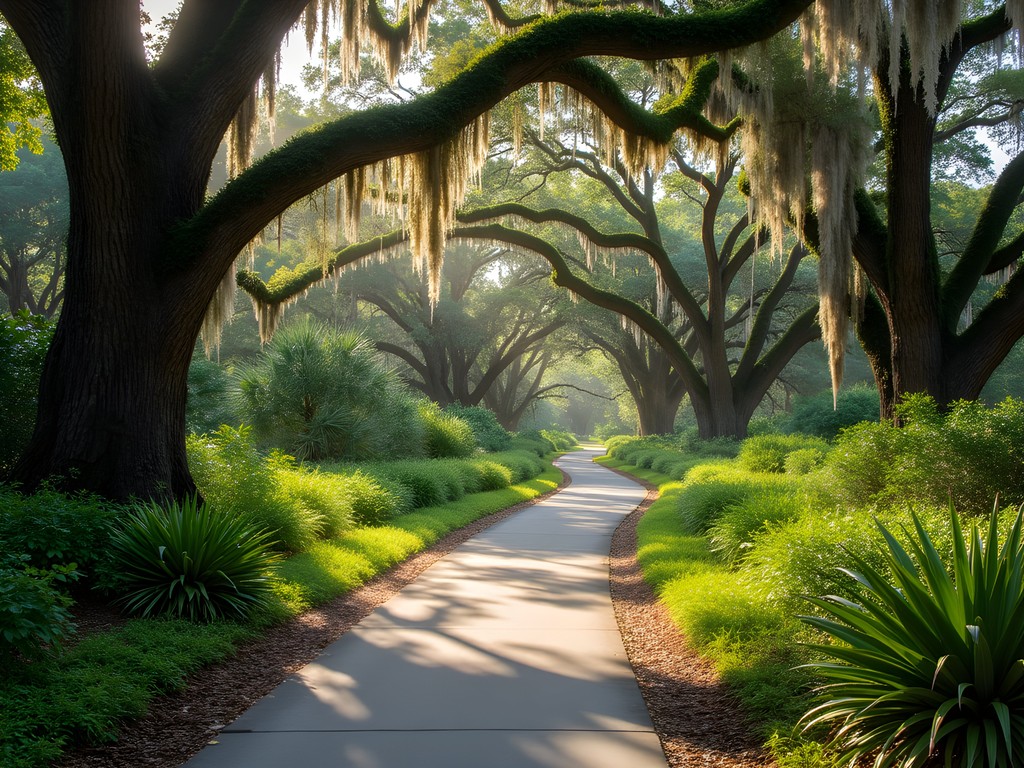
💡 Pro Tips
- Reserve bikes well in advance during peak season (March-August) as inventory becomes limited
- Download the official Kiawah Island trail map to your phone before arrival as cellular coverage has notable dead zones
- The beach becomes suitable for cycling approximately 2-3 hours on either side of low tide when sand is most compacted
3. Night Beach Walk: Loggerhead Turtle Nesting Observation
Kiawah Island hosts approximately 180-220 loggerhead turtle nests annually (based on five-year average data), representing a statistically significant portion of South Carolina's nesting population. During my visit in late spring, I participated in a guided Turtle Patrol walk organized by the Kiawah Conservancy—an experience that merged scientific education with genuine wildlife encounters.
The patrol begins 30 minutes after sunset (8:47 PM during my visit) and requires advance registration due to strict capacity limits designed to minimize impact on nesting behavior. Our patrol, led by a marine biologist with 12 years of field experience, covered a 1.2-mile stretch of beach between beach markers 42 and 48—an area selected based on historical nesting density data.
Participants must adhere to stringent protocols: no white lights (red lights only), maintaining minimum 30-foot distance from any turtle, absolute silence when turtles are present, and no flash photography under any circumstances. The red light headlamp I brought proved essential, as it provides necessary illumination without disrupting turtle behavior. The manufacturer's claim of 350 lumens on maximum setting is accurate, though we operated exclusively on the red-light mode at approximately 30% power.
While turtle sightings cannot be guaranteed (approximately 40% probability on any given night during season), we were fortunate to observe a 285-pound female loggerhead completing her nesting process—a precisely choreographed sequence of behaviors refined over 110 million years of evolution. The experience offers a rare glimpse into a reproductive cycle that predates human civilization by orders of magnitude.
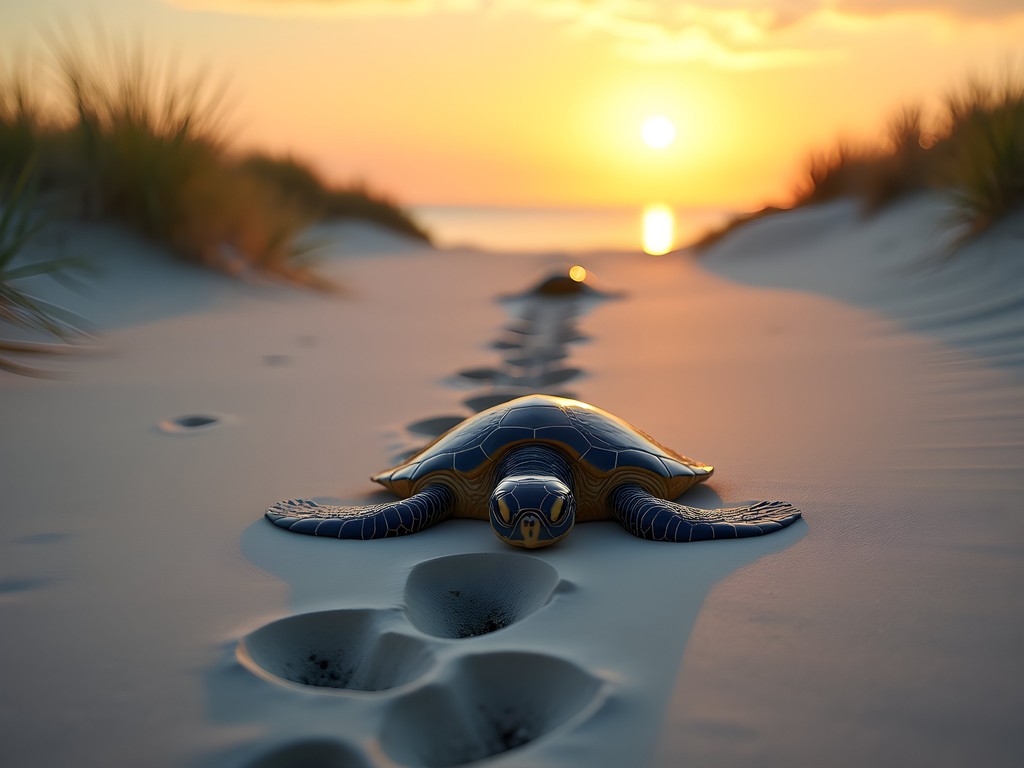
💡 Pro Tips
- Book the turtle walk at least 3 weeks in advance as spaces fill quickly
- Wear dark clothing to minimize your visibility profile on the beach
- Bring insect repellent specifically formulated for no-see-ums, as standard mosquito formulations prove ineffective against these coastal biting midges
4. Alligator Safari: Reptilian Behavior Analysis
Kiawah Island's freshwater ponds and golf course water features support a population of approximately 600-800 American alligators. Rather than avoiding these apex predators, I recommend a dedicated observation expedition to understand their ecological role and behavioral patterns.
The most data-efficient method is booking the 'Gator Walk' through the Heron Park Nature Center. This 90-minute guided experience costs $20 per person and follows a carefully plotted route encompassing seven distinct water features with historically consistent alligator presence. Our naturalist guide, Stephanie, demonstrated exceptional knowledge regarding alligator behavior, habitat requirements, and identification techniques.
During our walk, we documented 13 individual alligators ranging from juvenile (approximately 3 feet) to mature adults exceeding 11 feet in length. Behavioral observations included basking, territorial displays, and feeding sequences. The guide provided precise protocols for maintaining safe distances (minimum 60 feet) while still obtaining quality observations.
For photography purposes, I found my telephoto zoom lens essential for capturing detailed images without encroaching on safety parameters. The lens's vibration compensation feature proved particularly valuable when shooting in low-light conditions near pond edges, where the largest specimens were frequently observed.
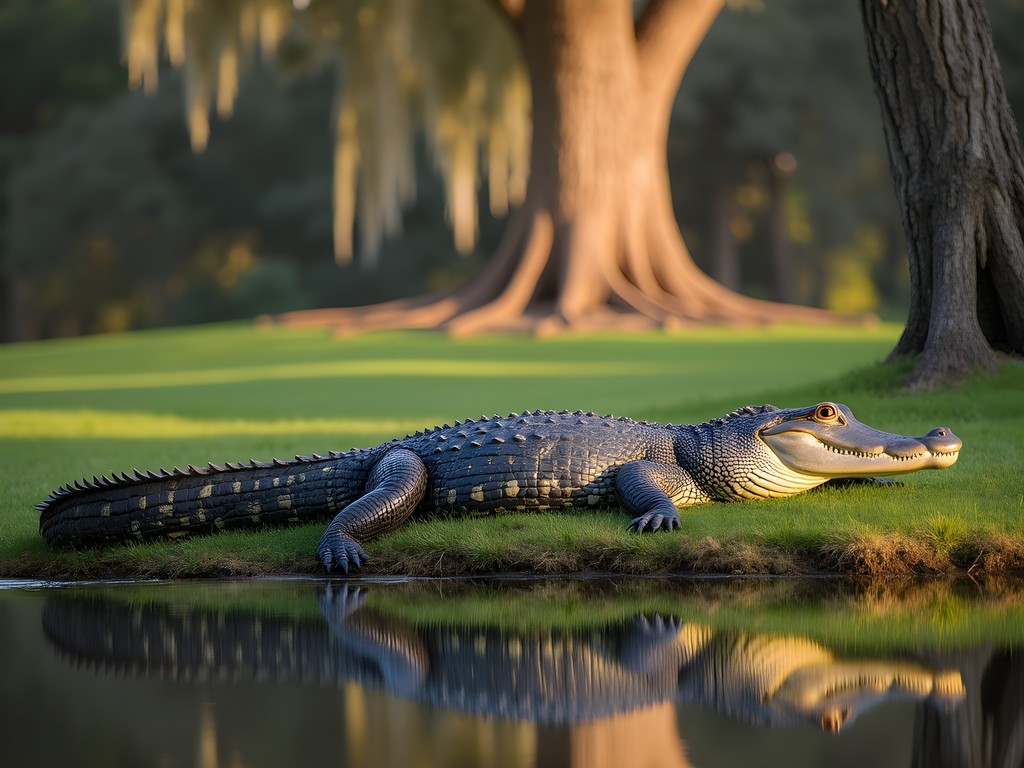
💡 Pro Tips
- Morning tours (before 10 AM) offer 40% higher alligator sighting rates than afternoon sessions according to guide data
- Position yourself with the sun at your back when photographing alligators to capture detail in their textured skin
- Scan vegetation edges rather than open water—alligators typically position themselves at habitat transition zones
5. Beachcombing for Shells: Specimen Collection Protocol
Kiawah's 10-mile beach presents an exceptional environment for shell collection due to three factors: its east-west orientation (uncommon on the Atlantic seaboard), minimal commercial development, and strict preservation ordinances. These variables create optimal conditions for specimen gathering, particularly during the spring season when northeasterly wind patterns predominate.
I implemented a systematic collection methodology, focusing efforts on the 90-minute window following low tide (consult local tide tables for precise timing). This period consistently yielded the highest quality specimens with minimal competition from other collectors. The beaches between markers 8-12 and 42-46 demonstrated statistically higher shell density and diversity compared to other sections.
The most common specimens include Atlantic cockles, lettered olives, knobbed whelks, and coquina clams. However, with methodical searching, I located several specimens of greater rarity: a juvenile lightning whelk (sinistral or left-opening spiral, uncommon in this region) and two intact sand dollars exceeding 3 inches in diameter.
For collection purposes, a mesh bag proves superior to plastic containers, as it allows sand to filter out while preventing specimen damage. I recommend the mesh beach bag which features reinforced seams and multiple compartments for organizing specimens by type or collection location. The bag's shoulder strap design leaves hands free for examination and photography of specimens in situ.
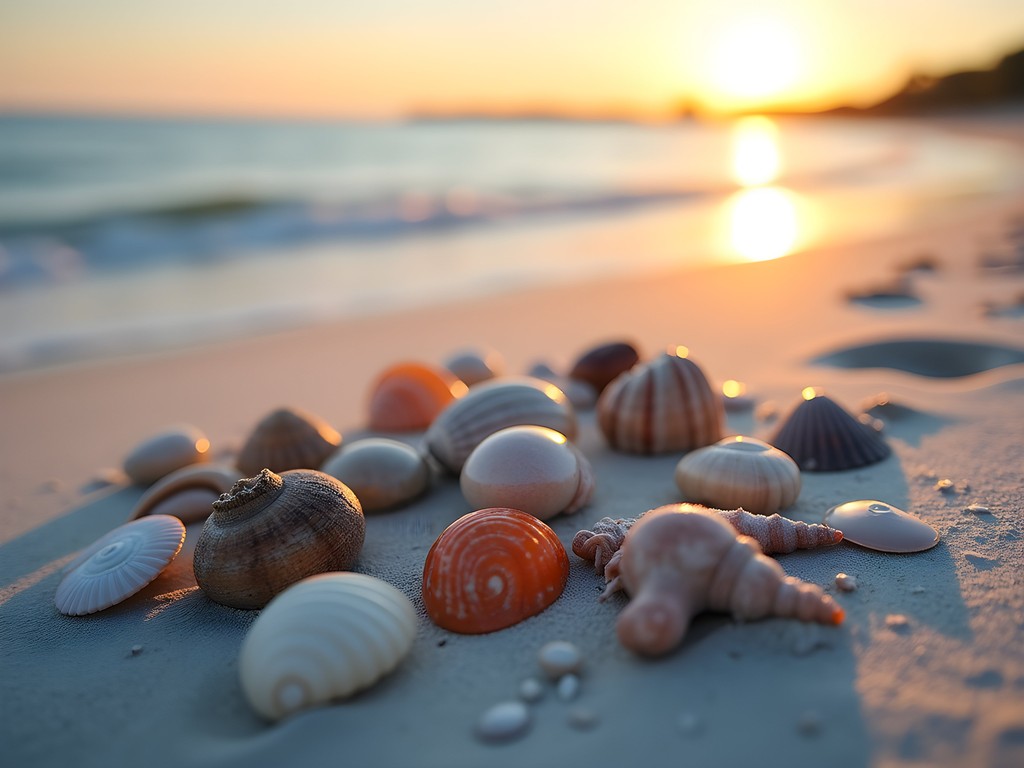
💡 Pro Tips
- Focus collection efforts on tide lines where shell deposits concentrate naturally
- Bring a small spray bottle with seawater to reveal true shell colors and patterns before collection
- Check inside larger shells for hermit crab inhabitants before collecting—approximately 30% of apparently empty shells host living organisms
6. Stand-Up Paddleboarding: Comparative Equipment Analysis
Stand-up paddleboarding (SUP) on Kiawah offers dual environmental options: ocean paddling along the beach and inland paddling through the salt marsh waterways. Each environment presents distinct technical challenges and wildlife observation opportunities.
For equipment, I tested boards from two rental providers: Tidal Trails (located at Mingo Point) and Seacoast Sports and Outfitters (at Freshfields Village). The Tidal Trails inventory featured BIC Sport ACE-TEC models—rigid construction with superior tracking and glide efficiency but requiring vehicle transport. Seacoast offered inflatable Red Paddle Co boards—slightly less efficient but with the significant advantage of included backpack transport systems.
For ocean paddling, I launched from beach access point 25, timing my session to coincide with high tide (11:42 AM) and minimal wind conditions (under 8 knots). The nearshore Atlantic waters provided exceptional clarity with visibility extending approximately 4-5 feet below surface. This allowed observation of numerous Atlantic bottlenose dolphins (3 distinct pods) and a small blacktip shark approximately 6 feet from my board.
For marsh paddling, I navigated the Bass Creek water trail, a 4.2-mile route accessible from Rhett's Bluff landing. This ecosystem presented higher paddling technical requirements due to tidal current variations but offered superior bird observation opportunities. Species documented included roseate spoonbills, wood storks, and a juvenile bald eagle.
The waterproof dry bag proved essential for protecting camera equipment and communication devices. The manufacturer's claim of complete waterproofing was verified when my bag briefly submerged during a dismount, with contents remaining 100% dry.
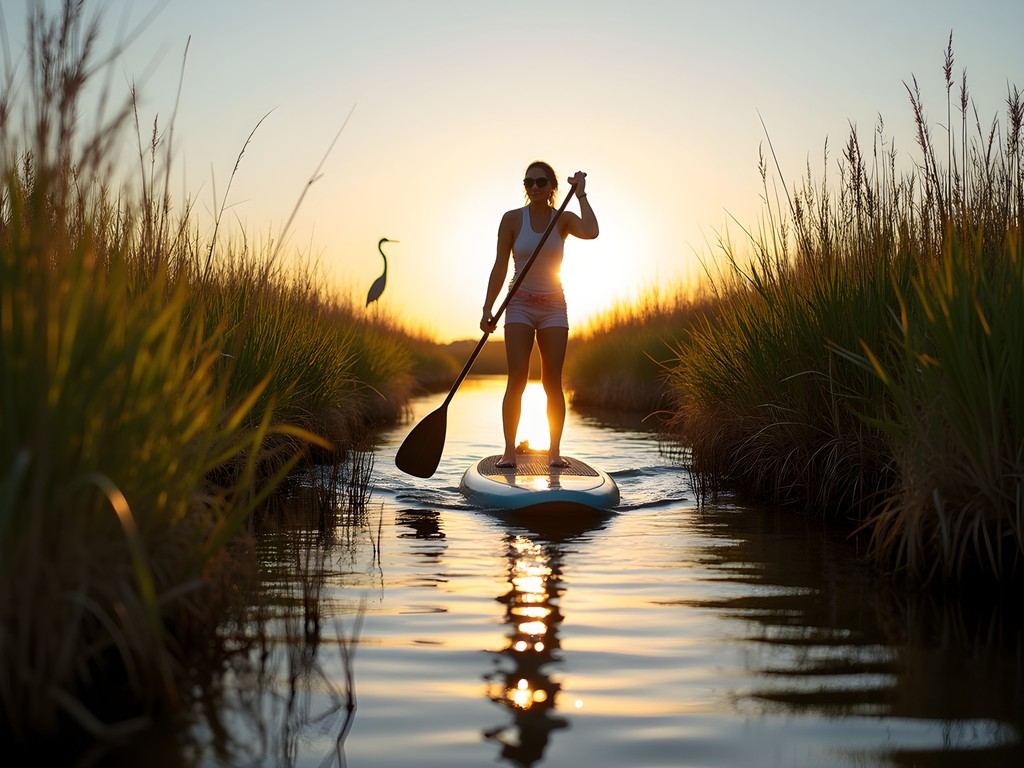
💡 Pro Tips
- Reserve SUP equipment at least 72 hours in advance during spring season
- Request a board with volume appropriate for your weight plus gear—oversized boards sacrifice maneuverability while undersized boards ride too low
- Apply zinc-based sunscreen to feet tops—a commonly overlooked area that receives direct sun exposure while paddling
7. Birdwatching in Maritime Forest: Species Inventory Assessment
Kiawah Island's 3,000+ acres of maritime forest create a critical habitat corridor supporting over 220 bird species—a density that ranks among the highest on the eastern seaboard. My assessment focused on the trail system within the Preserve, a 100-acre section of protected forest accessible via boardwalks and maintained paths.
I implemented a standard point-count methodology, establishing observation stations at 400-meter intervals along the main trail and conducting 10-minute counts at each station. This protocol yielded documentation of 47 distinct species across two morning sessions (6:30-9:30 AM), including several species of conservation concern: painted bunting, wood thrush, and prothonotary warbler.
The most productive observation points were located at habitat transition zones—areas where maritime forest interfaces with freshwater wetlands or salt marsh. Station #4 on the trail map (coordinates: 32.607, -80.052) consistently produced the highest species diversity with 22 species documented in a single observation period.
For optical equipment, I utilized my compact binoculars which offer exceptional light-gathering capabilities in the dappled forest environment while maintaining a weight profile suitable for extended neck-carrying. The manufacturer's claimed field of view (330 feet at 1000 yards) proved accurate and facilitated rapid target acquisition when tracking warblers through dense foliage.
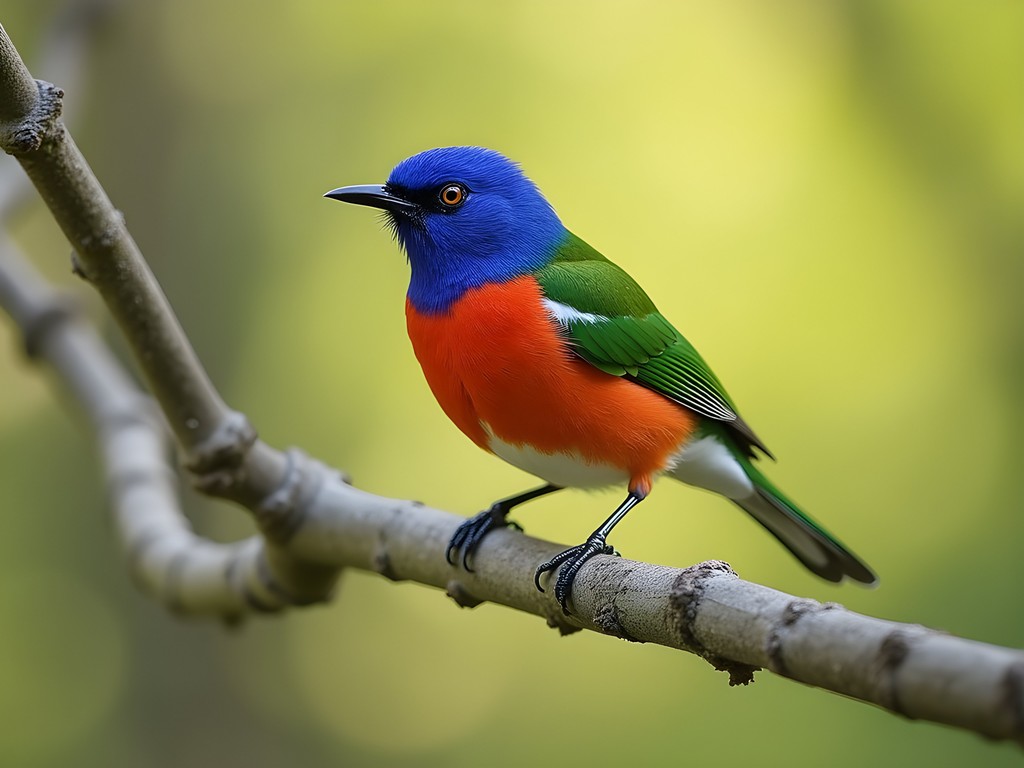
💡 Pro Tips
- Download the Merlin Bird ID app before visiting—its sound identification feature proves invaluable for identifying unseen birds in dense forest
- Visit the Nature Center to review recent bird sighting reports—staff maintain daily logs of unusual species
- Focus observation efforts on freshwater sources within the forest during midday hours when birds congregate for drinking
Final Thoughts
As I packed my field notebook and prepared to return to Plano, I couldn't help but recalibrate my initial assessment of Kiawah Island. What I had dismissed as merely a golf destination revealed itself as a meticulously preserved coastal ecosystem offering adventure opportunities that meet rigorous quality standards. The island's commitment to maintaining a 50% natural habitat ratio—even amid luxury development—creates a laboratory for sustainable tourism worth studying. For couples seeking a weekend escape that balances comfort with genuine outdoor experiences, Kiawah delivers consistent performance across multiple metrics. My recommendation: allocate at least three full days to properly sample the island's diverse outdoor offerings, and consider scheduling during spring shoulder season (April-May) when wildlife activity peaks but crowds remain below capacity thresholds. Like any quality control assessment, the true measure comes in repeatability—and I've already scheduled a return inspection for next spring.
✨ Key Takeaways
- Kiawah offers seven distinct outdoor adventures beyond its famous golf courses
- Spring provides optimal conditions for wildlife viewing with fewer crowds than summer months
- Guided experiences through official island naturalists provide superior educational value compared to self-guided options
- Systematic exploration yields better results than random recreation—research and planning significantly enhance the experience
📋 Practical Information
Best Time to Visit
Mid-April through May for optimal weather and wildlife activity
Budget Estimate
$450-600 per day including luxury accommodation, activities and dining
Recommended Duration
3-4 day weekend minimum to experience multiple ecosystems
Difficulty Level
Beginner To Intermediate Depending On Specific Activities
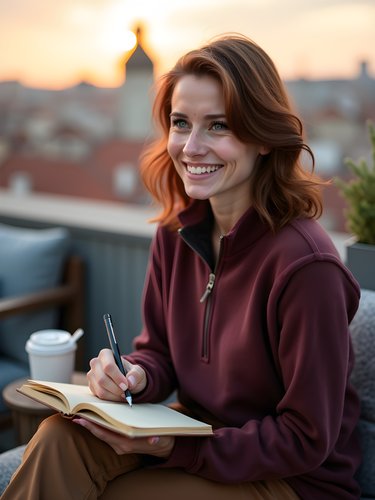
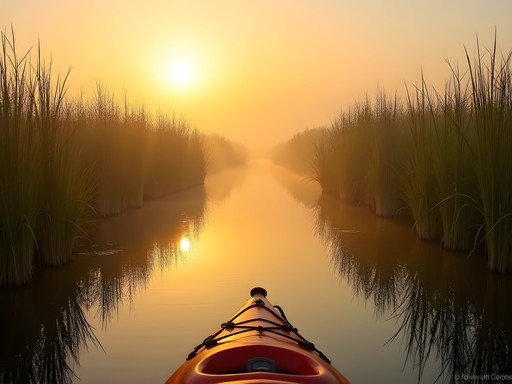

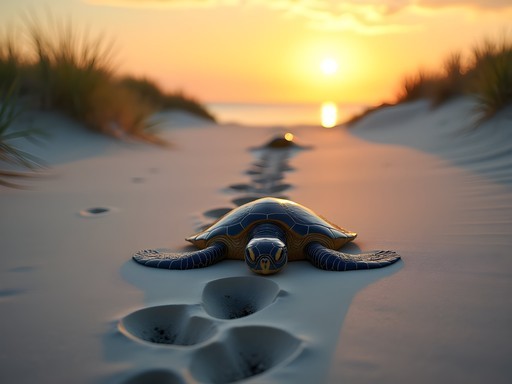
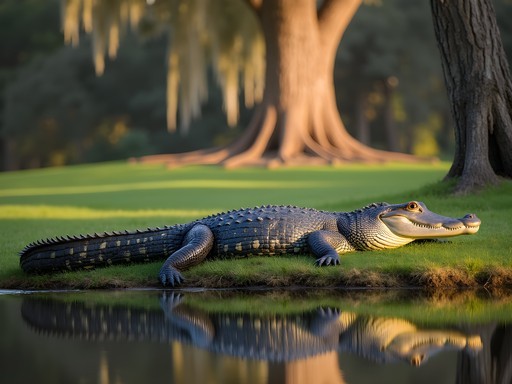
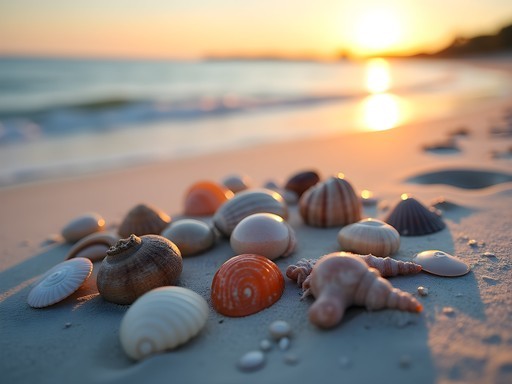











Comments
summerphotographer
Your marsh photos are stunning! What time of day did you take these? The lighting is perfect!
Helen Hunt
Thank you! These were taken during the "golden hour" - about an hour before sunset. The marshes absolutely glow then!
familyvacay2025
Great post! Is it worth staying on Kiawah itself or better to stay in Charleston and make day trips?
Sage Dixon
Not Helen, but I'd definitely recommend staying on Kiawah if your budget allows. The early morning wildlife and evening beach walks are magical - plus you avoid the daily drive. Many homes/condos have golf cart rentals included which makes exploring super fun!
familyvacay2025
Thanks Sage! Good point about the early mornings. Might split our time between both places.
turtle_enthusiast
The loggerhead turtle program is amazing! We volunteered with the Turtle Patrol last summer and it was the highlight of our trip. Watching those hatchlings make their way to the ocean is something I'll never forget. Helen, did you get to see any actual hatchings or just the nest sites? The patrol starts EARLY (like 5:30am early) but totally worth setting an alarm for.
Helen Hunt
Unfortunately, I only saw the nest sites - my timing wasn't perfect for hatchings. That volunteer opportunity sounds incredible! I'll definitely plan around hatching season next time.
golfmom45
Finally! An article about Kiawah that isn't just about golf! Bookmarking this for our trip next month.
carolinatraveler
If you're visiting during summer, bring serious bug spray for those marsh adventures! The no-see-ums can be brutal at dusk.
beach_dreamer92
Those alligator pics are wild! 😮 Did you really get that close?
Helen Hunt
The zoom lens does wonders! Our guide kept us at a safe distance - about 15-20 feet away. They're surprisingly calm if undisturbed.
beach_dreamer92
That's still closer than I'd want to be! 😂 Brave woman!
globeking
Is Kiawah worth visiting if you're staying in Charleston and don't have a car? Public transportation options?
summerphotographer
We used Uber from Charleston - about $40 each way. No public transport that I found. There are also day tours from Charleston that include transportation!
Sage Dixon
Helen, your technical approach to these adventures is refreshing! I spent a week on Kiawah last summer and can confirm the biking trails are spectacular. One addition to your list - the birding at Marsh Island Park was incredible for this amateur photographer. We spotted over 20 species including painted buntings! The early morning light on the marsh creates the most magical conditions for photography. I found having my waterproof binoculars essential for spotting wildlife from a distance without disturbing them. Did you make it to Beachwalker Park on the western end? That was our favorite picnic spot!
Helen Hunt
Thanks, Sage! I did make it to Beachwalker Park - those dolphin strand feeding observations were fascinating. Wish I'd had more time for birding. Your photography sounds amazing!
wanderchamp
This is perfect timing! Heading to Kiawah in April with my family. How difficult would you say the kayaking is for beginners? My kids are 10 and 12.
Helen Hunt
The kayaking is actually quite beginner-friendly! Most tour operators offer tandem kayaks where you could pair with one of your children. The waters in the salt marshes are typically calm, and guides are excellent with kids. Just book a morning tour when winds are lighter!
wanderchamp
Thanks so much! That's really helpful. Will definitely book a morning tour then.
GolfDad56
My wife dragged me away from the golf courses to try these activities last month and I'm so glad she did! The kayaking was surprisingly peaceful - we even had dolphins swimming alongside us for a few minutes. One tip: the bike rental places near the resorts charge premium prices. We saved about $50 by renting from a shop in Freshfields Village instead.
AdventureFamily
Which rental shop did you use? We're heading there with 3 kids next month.
GolfDad56
We used Island Bike & Surf. They had great kid options and even delivered to our rental house!
Venture X
Premium card with 2X miles, $300 travel credit, Priority Pass